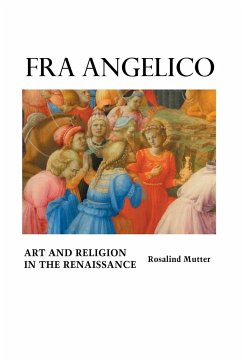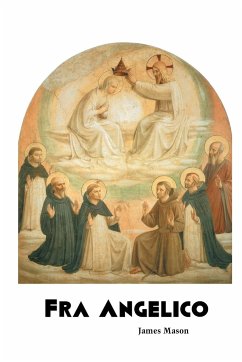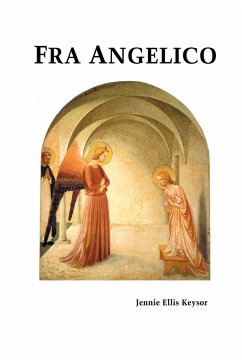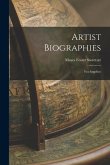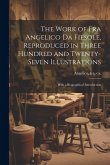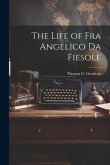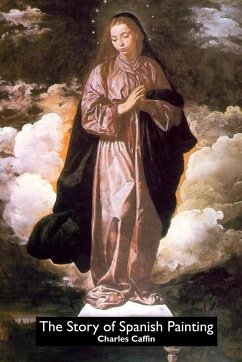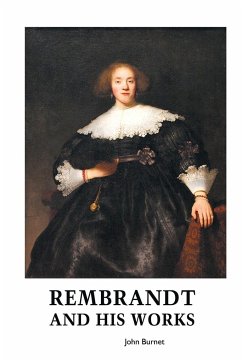FRA ANGELICO ART AND RELIGION IN THE RENAISSANCE By Rosalind Mutter FRA ANGELICO, known by several names, including Fra Giovanni Beato Angelico da Fiesole (1399?-1455), is one of the very few painters of the Italian Renaissance who painted religious pictures exclusively. Almost all Angelico's paintings are religious - he did not paint secular portraits, like, say, Giovanni Bellini or Ghirlandaio. It was Vasari who stressed Angelico's purity, holiness, faith, humility and devout nature, and this description of Angelico as a holy monk-like painter persists throughout the centuries. John Ruskin called Angelico 'an inspired saint'. It is in San Marco in Florence that Angelico's 'saintly' reputation was forged. He (with assistants) painted fifty frescoes at San Marco. The paintings reveal a traditional form of Christian worship: Angelico's is a conventional kind of Christian theology and devotion. Some critics emphasize Angelico as a stylist. Of course, Angelico did not separate style from content in the way modern critics do. Clearly, they are part of the same thing. For the Renaissance religious painter, the aim is to come up with a style, colouration and technique which accords with one's beliefs, as well as ¿attering the faith of one's patrons. So Angelico's 'sweet style' stems from his blending of painterly technique with religious understanding. Fra Angelico stands at the transition between the mediaeval and Renaissance worlds. Angelico's 'feelings are in the Middle Ages', Bernard Berenson wrote, yet he was distinctly a Quattrocento, Renaissance painter. His art combines the timelessness and rigidity of icon painting, where figures are caught in bright, static, hieratic motions, with the new painterly explorations (in form, style and space) of the Quattrocento period. Fra Angelico's paintings seem simple, but their simplicity is deceptive: they are the products of training and skill. Giulio Carlo Argan reminds us that '[e]verything points to Fra Angelico's being in touch with the most advanced artists of his early day'. The deep spiritual feeling and tenderness of Fra Angelico's art seems 'simple' or 'innocent'. It does not seem cynical and world-weary. Yes, but the simplicity is not so much childish as child-like, as a regaining of the freshness of the spirit of childhood. A reactivation of the maternal realm, perhaps, which Fra Angelico manages to accomplish with a directness most other painters are incapable of reproducing. REVISED AND UPDATED, WITH NEW ILLUSTRATIONS. The hardcover edition comes in a smart case laminate cover, with a matte finish, in full colour. Fully illustrated, with new illustrations for this edition. ISBN 9781861717566. 136pp. www.crmoon.com
Hinweis: Dieser Artikel kann nur an eine deutsche Lieferadresse ausgeliefert werden.
Hinweis: Dieser Artikel kann nur an eine deutsche Lieferadresse ausgeliefert werden.

